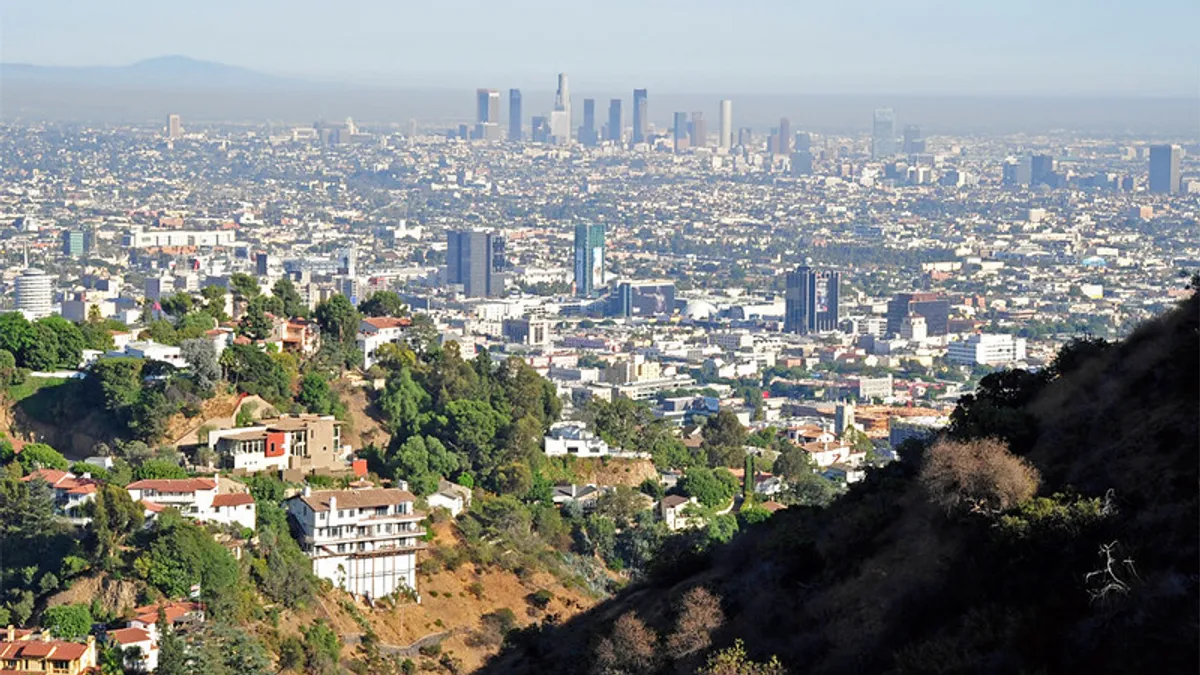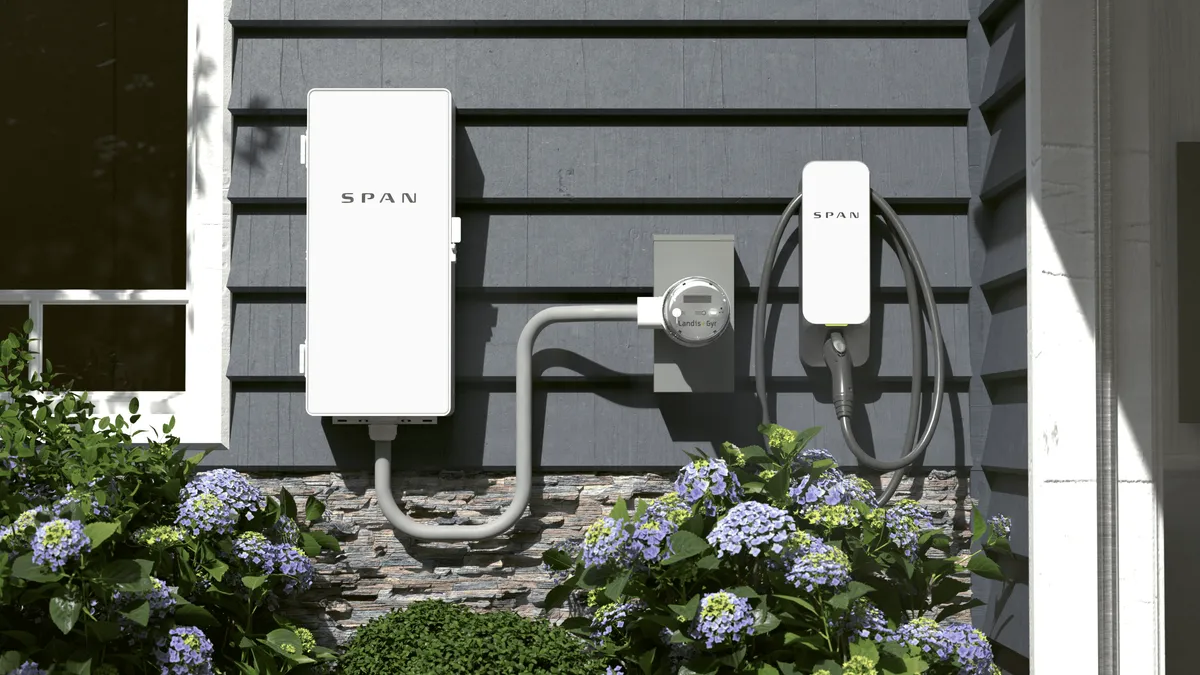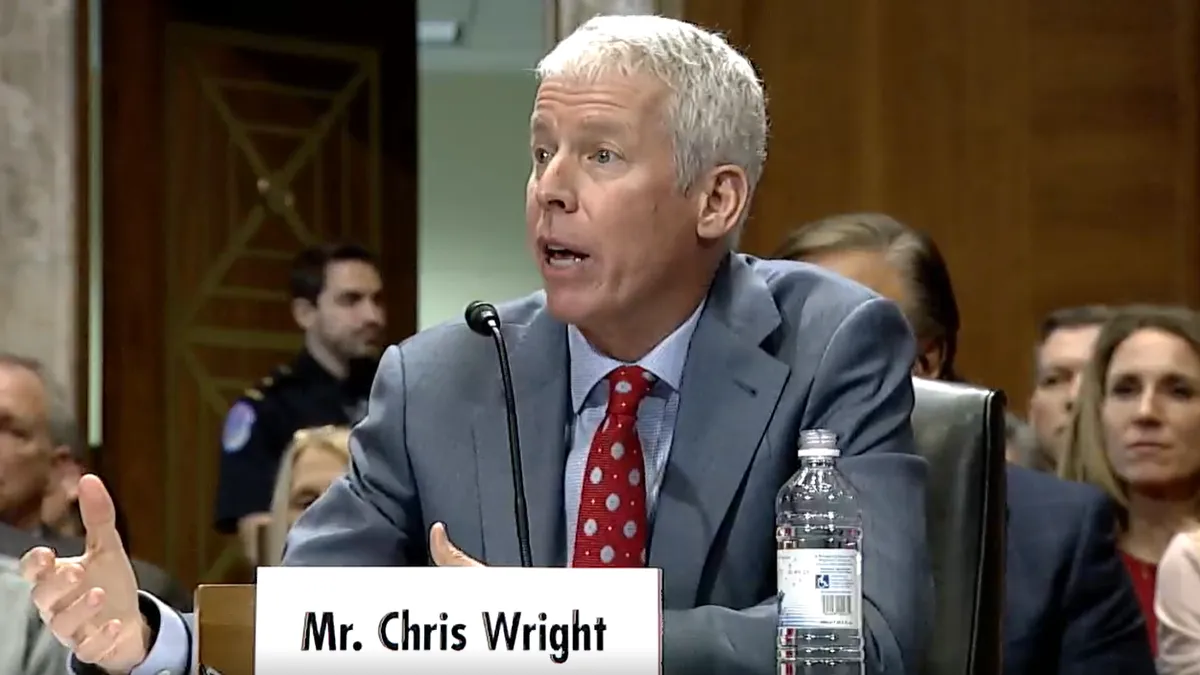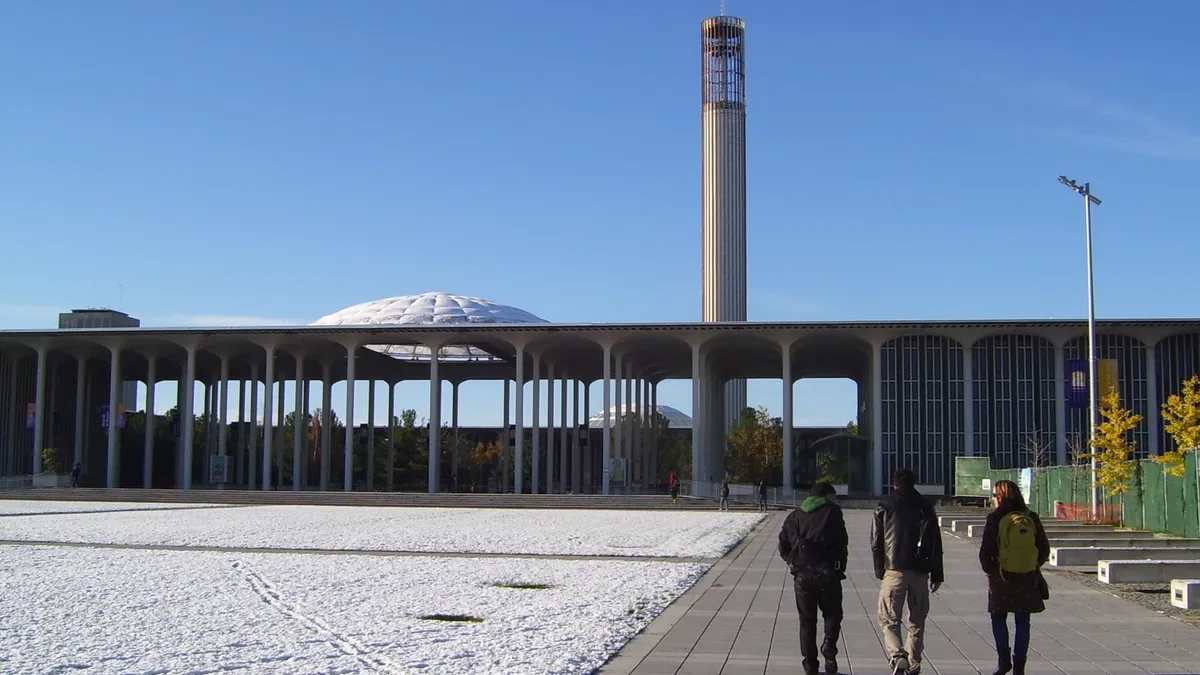California's regulators are gearing up to conduct a post-mortem into the rolling blackouts that occurred in the state for the first time in two decades last week, affecting hundreds of thousands of customers in the midst of a record-breaking heatwave.
The blackouts, which were triggered last Friday and Saturday after the California Independent System Operator (CAISO) declared electrical emergencies, were the result of a series of events, including high demand due to the heatwave, the unexpected loss of generation resources, and the lack of available imports, officials from CAISO, the California Public Utilities Commission (CPUC) and the California Energy Commission (CEC) told Gov. Gavin Newsom in a letter Wednesday.
"Although the CAISO could not have predicted the specific series of events that ultimately required power outages, better communications and advance warnings about tight supply conditions were possible, and should have been done," the officials wrote.
But the agencies still have to figure out exactly why those events occurred — although peak demands on Friday and Saturday were high, they were not above similarly hot days in the past, according to the letter. The regulators intend to perform a root cause analysis after the heatwave passes, with an eye to prevent similar blackouts from happening in the future.
"I'd call the [letter] the recognition that we need to do a post-mortem. The post-mortem is going to take a while, but [the letter] pointed out some broad areas we need to improve in," Severin Borenstein, a member of the CAISO Board of Governors and faculty director at The Energy Institute at the Haas School of Business said.
Renewables not the cause, regulators confirm
In their letter, the regulators pointed to two factors that they think played a role: capacity shortfalls, as well as California's heavy reliance on importing resources to meet its energy demand during late afternoons and early evenings in the summer.
But one factor that they said did not cause the rotating outages is California's broader transition to renewable energy, noting that their organizations understand the impacts of wind and solar on the grid and have taken steps to integrate the resources — although there's clearly a need to do more.
This wasn't an issue that renewables caused, Borenstein concurred — the planning around renewables did.
"Solar does what solar does, but the way we've done the accounting for it in the resource adequacy planning doesn't actually reflect the hour by hour, or even minute by minute, availability of solar," Borenstein said.
Shifting to renewables is a policy priority, for good reason, Borenstein said, but the state needs to make sure it's planning for the transition in a granular, precise way.
"So that means better forecasting and demand and also good recognition of the uncertainty in those forecasts, and better understanding of the uncertainty in the production from all sources," he said.
All three agencies plan to take a closer look at the issue, with the CEC refining its demand forecast to account for broader scenarios of extreme weather events, CAISO reviewing its assumptions around solar power and other resources, and the CPUC reviewing its resource adequacy rules.
That resource adequacy program is essentially a hand-raising exercise, according to Michael Colvin, director of regulatory and legislative affairs at the Environmental Defense Fund's (EDF) California energy program — "a way of saying, I'm an electric generator and can run when you need me to."
The program was designed around an energy landscape that primarily ran on fossil fuel power plants, where each generator was more or less substitutable with another. But now, with more diverse resources like solar, storage and geothermal that have specific attributes attached to them, the situation is more complicated.
"And so what needs to happen is a combination of the ISO and PUC need to say, here are the attributes we need for all 8,760 hours of the year. How do the puzzle pieces fit together?" Colvin said.
"If some people are thinking this means California's going to start building new natural gas plants, I think they are misguided."

Severin Borenstein
CAISO Board of Governors Member, Faculty Director at The Energy Institute at the Haas School of Business
The other issue that the planning process hasn't kept up with is import supply, which Borenstein said has gotten tighter in recent years as more coal plants shut down.
"That's great, but that means the rest of the West has less power than they did," Borenstein noted, adding, "And in fact, import availability has been treated like a static component in the planning process, when it's actually very dynamic, and we need to start accounting for that."
Over the next 10 years, California is going to have to do a whole lot of procurement, and take a close look at what signals it's sending to the market, Colvin said. The CPUC took a step toward that last year, when it authorized load-serving entities to procure around 3,300 MW of new resources to deal with potential shortfalls, that are scheduled to begin coming online in 2021.
The complexities surrounding the blackouts could affect the discussion in California around the rate at which existing natural gas facilities are retired, Borenstein said. That's already happened to a certain extent — when the CPUC authorized the additional procurement, it also sought extensions for nearly 4,800 MW of gas generation that was scheduled to retire this year.
That discussion will likely be revisited now, Borenstein said, and it should be. But "if some people are thinking this means California's going to start building new natural gas plants, I think they are misguided."
DR could offer a win-win-win solution
Another piece of the puzzle is demand response. Although CAISO warned of the possibility of more rolling blackouts earlier this week, they never materialized because of customers' conservation efforts for three consecutive days, along with some support from imported energy and increased wind production.
"I think there's a lot of evidence that's starting to emerge over the last five days that's important around the role that consumers played in helping to offset some of the larger impact with conservation efforts," Jeff Hamel, director of industry partnerships at Google, said.
Those efforts could include everything from smart thermostats to electric vehicles and more local energy storage, according to Hamel, who added that there is a lot of untapped opportunity given the latent capacity that exists in everyone's homes today around technology.
Over the last few days, Enel X has been using a combination of demand response, storage and EV charging units to bring down consumption by about 150 MW a day, Surya Panditi, head of Enel X North America, said.
Essentially, Panditi thinks of these programs as a "win-win-win" — it's good for the environment since it reduces electricity consumption, the customer is paid, and it helps handle extreme situations like the one California found itself in last week.
However, California currently caps the amount of emergency demand response at 2% of peak demand, Panditi said, adding, "I think I'd like to see that be much higher, so there could be more DR participation, which is good for everybody."























